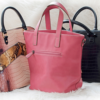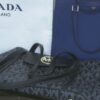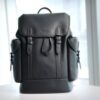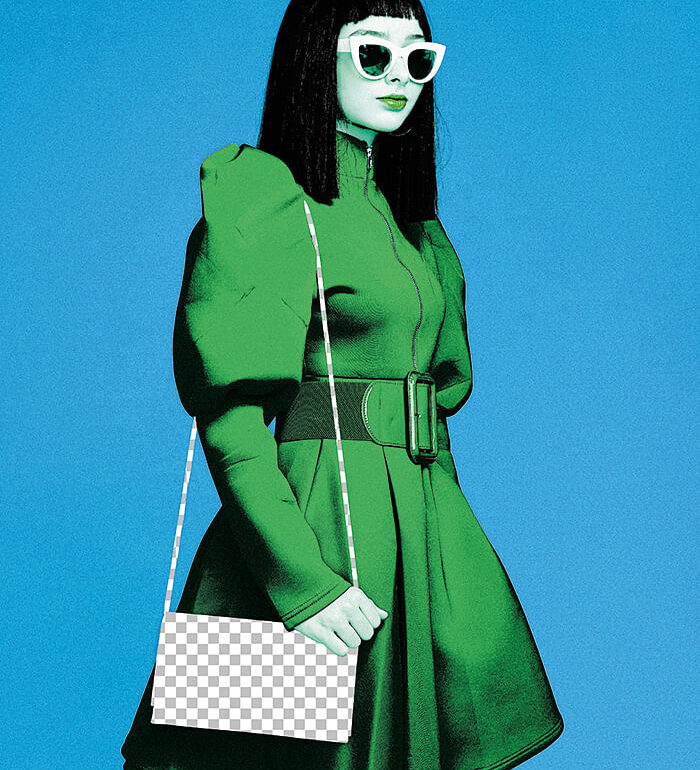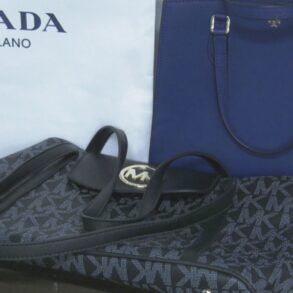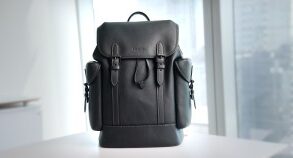It’s tempting to think of designer handbags as alternative investments that help diversify your portfolio. After all, according to London-based art and collectible analysts Art Market Research’s Luxury Handbag Report 2020, bags from the infallible trio of Hermes, Chanel and Louis Vuitton saw a valuation spike of an average 80 per cent in the last decade.
This outperforms first-edition books and even watches, which saw an increase of 40 per cent and 72 per cent, respectively. And if that is not enough to convince, it has also been reported elsewhere that the price of Chanel handbags has increased by 100 per cent over the last decade, outstripping the stock market’s comparatively conservative 10 per cent and gold’s 21 per cent.
At first glance, figures like that leave little room to argue. So should you really be reaching out for that designer handbag in the name of investment? The bad news is: Unless you have a six-figure budget just lying around for that diamond-studded Nile crocodile Birkin (the world record holder for the most expensive bag ever auctioned at over $500,000), you might be better off putting that hard-earned cash in a handbag that sparks joy instead.
As Nejla Matam-Finn, CEO of pre-loved luxury website The Fifth Collection, says: “As a general rule of thumb, you have to expect to lose between 30 and 40 per cent [of your bag’s value] as soon as you leave the boutique. The numbers can go higher, depending on the brand, with some brands performing better than others. But don’t expect to get a price that’s close to retail [prices], because that is almost non-existent.”
Raena Lim, co-founder and COO of subscription fashion rental platform Style Theory, and its pre-loved luxury website extension, Second Edit, agrees: “From a financial standpoint, most bags are not worth investing in compared to other financial instruments. Over the years, a few bags have appreciated [in price], like the Chanel flap bag or the Hermes Birkin. But if you look at luxury bags as an entire category, these are more of the exception than the norm.”
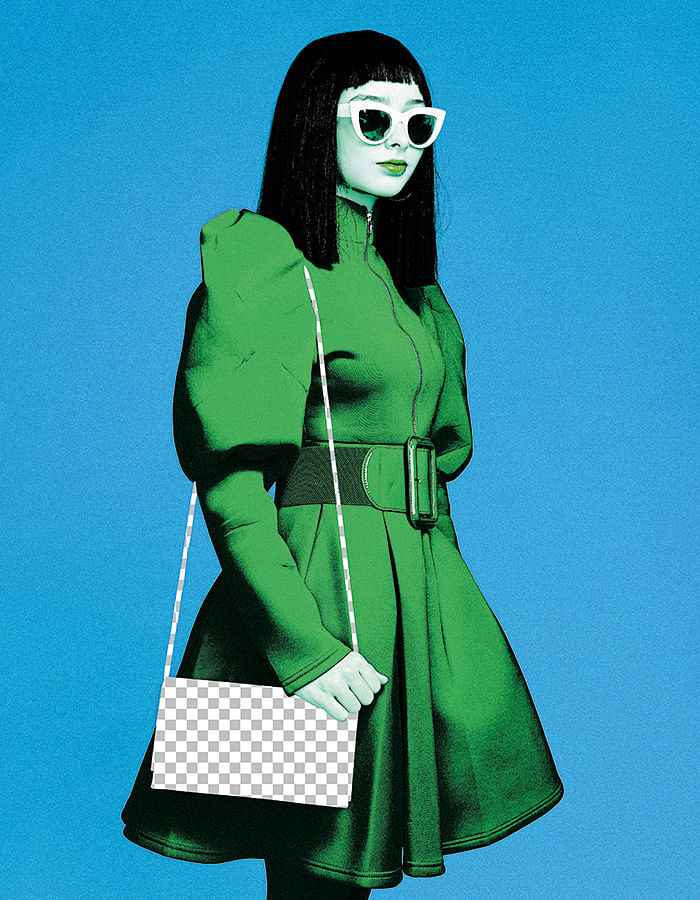
The handbag industry is not exempt from market forces, and the reality is that the handbag you’ve been eyeing for so long probably has a supply that outpaces its demand. “To know what will ‘outperform the market’, you will need to actively monitor what is likely to be on trend, based on behavioural data and financial marketing spends from the different luxury brands,” explains Raena.
Over at Second Edit, for example, trend-led bags perform better than others. According to Raena, Dior sold better in the last six months because of its increased brand visibility through celebrity endorsements and pop-up events, while Prada’s shoulder bags appealed to the platform’s younger audience thanks to Tiktok, where the brand has been trending over the past three months.
This is different from the data collected from Style Theory, where classic black and brown bags saw the most uptake in the rental market. “If you earn $900 on a non-classic bag, you can earn $1,700 from a classic bag over the same period,” she adds.
Another point to consider is how global events affect shopping and spending habits. Nejla shares that handbags used to be The Fifth Collection’s best product line, but this hasn’t been the case for the past three years. She attributes this to Covid, and how it has caused consumers to be more mindful about their purchases, and to look out for items (or bags) that are “more utilitarian and practical”.
Nejla’s insight falls very much in line with the results of Her World’s What Women Want survey 2023, which saw 92 per cent of its participants saying that they’ve cut their spending in response to inflation and rising prices, with a further 66 per cent responding that they’ve cut their fashion expenses. (On the flip side, inflation has also motivated 57 per cent of the women to invest more, with 41 per cent setting their sights on retiring between the ages of 50 and 60.)
With these factors in mind, it is perhaps more relevant to focus on maximising one’s return on investment instead of turning a profit because, as Nejla sums up: “Anything is better than nothing.”
To do that, Raena advises sticking to classic bags in black and nudes as they “tend to withstand the test of time better than other bags”.
Nejla goes one further with a test that helps you identify what bags fall into that category. “If I gave you a picture of just a bag’s outline and you can still recognise it, then it’s timeless,” she says. “There are only a few bags that people can do that with, [and these include] Chanel’s 2.55, Hermes’ Kelly and Birkin, and Dior’s saddle bag.”
As for the rest, it’s as simple as keeping the handbag’s box, dust bag and all documentation (original receipts and authenticity cards) intact, and ensuring that your bag is in the best condition it can be when it’s time to sell.
The one other thing that both Nejla and Raena advise? Keeping it in an air-conditioned room to help counter the adverse effects of Singapore’s high humidity – because nobody wants to buy a mouldy bag, even if it’s a Birkin.
This post was originally published on this site be sure to check out more of their content.

